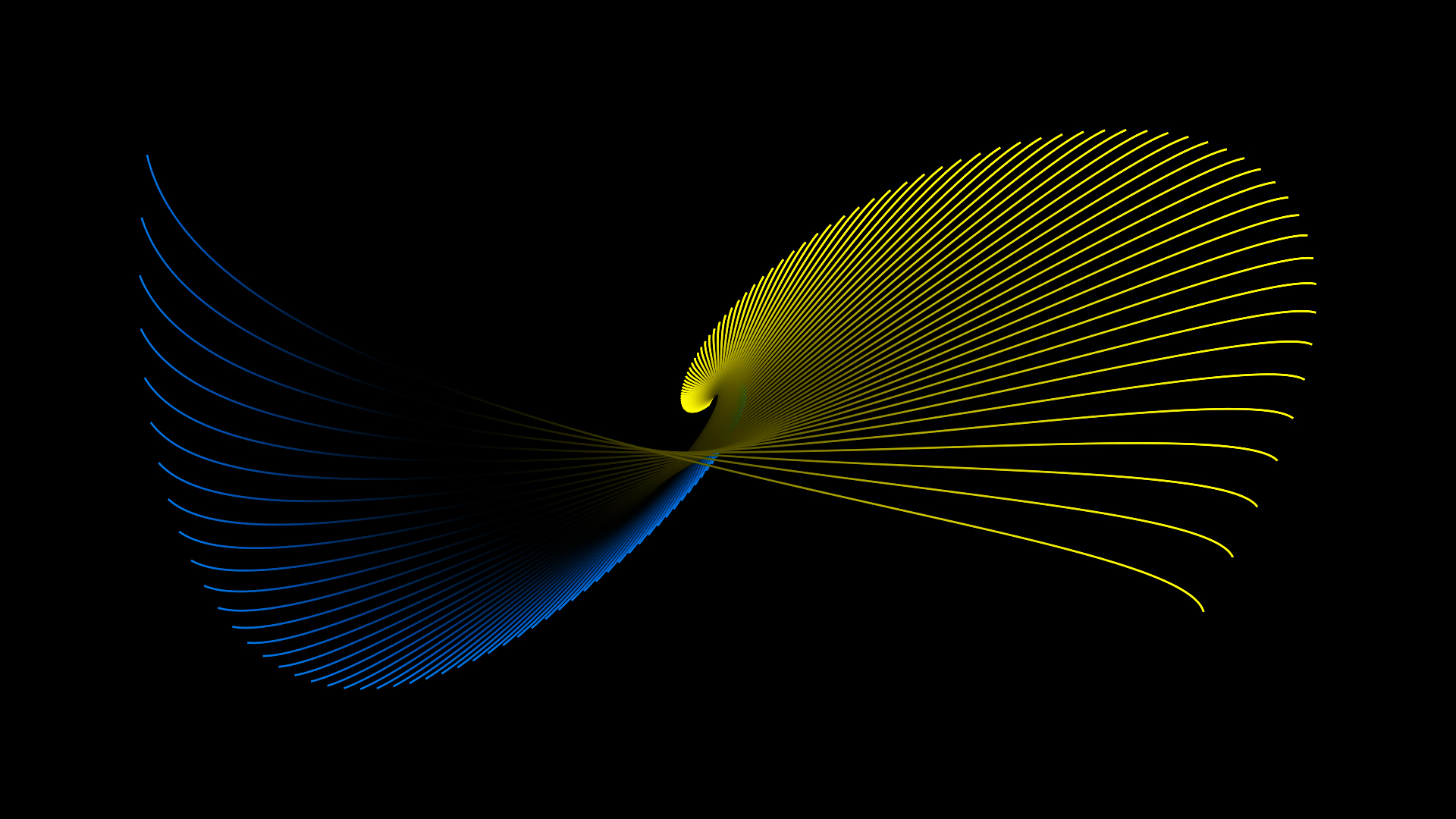ROBERT SCHUMANN
Concert for piano and orchestra in A minor op. 54
JOHANNES BRAHMS
Serenade n. 1 in D major op. 11
Piano
Gianluca Cascioli
Conductor
Riccardo Minasi
Opera Carlo Felice Genova Orchestra
This is what Schumann wrote to his wife and pianist Clara Wieck in 1839, while waiting for the Concerto in A minor: ‘I see that I cannot write a virtuoso Concerto; I must plan something else’; and again: ‘I see it as something in between the Symphony, the Concerto and the Sonata grande’. Such statements guide one’s listening to this page as a composition outside the tradition. The impression is then comforted by observing the genesis of the piece, the final draft of which dates from 1845 but whose origins go back to 1841, when Schumann had composed an Allegro da concerto for Clara, calling it Fantasiaa way of telling the audience not to expect to find the familiar architecture in Fantasie. The idea of using this Allegro as the first movement of a real Concerto and completing it by adding the missing tempos dates back to four years later, when the work, now called Piano concerto, was first performed by his wife on 4 December in Dresden under the baton of Ferdinand Hiller, who is also the dedicatee. The only formal anomaly in the articulated opening tempo consists of the introduction of a cantabile episode in ‘Andante espressivo’ tempo between the exposition and the development of the ‘Allegro affettuoso’ material. These, however, follow the usual bitematic layout, with a first theme announced by the oboe and a second theme that follows later, more marked in its rhythmic profile. Three descending notes in the case of the first theme, three ascending notes in the second, again three descending notes in the case of the theme of the cantabile episode: this figure of three notes invests the whole movement and gives it unity. In a way, it seems to reflect the fixed idea dear to the romantics. Moreover, it denounces a Beethovenian type of coherence, not least because this figure also shapes the numerous secondary motives. The ear is also caught by the web of counterpoints that fills the course of events with substance. Here, in the naturalness of their appearance and disappearance, we find Schumann’s magic, his ability to be original while evoking the past and to be fluid while raising the level of polyphonic density. Fully integrated into the formal fabric of the piece is also the piano cadenza. The Intermezzo that follows is a brief transition from this extensive first half to the third. Here the discourse finds a moment of abandonment and pleasantness. It is a graceful moment in its stately composure and formal simplicity (ABA), with the cellos inventing a theme full of effusive songfulness. Six connecting bars and you find yourself in the main theme, full of momentum and noble pride, of the third tempo ‘Allegro vivace’. Here too, albeit formulated differently, the three notes that formed the head of the first half’s material reappear. In this segment, Schumannian thought concedes something to the exterior, if it is true that the material suggests, especially in the bravura passages, a somewhat smug kind of brilliance. However, the doctrine of a fugato episode is not missing, nor are there any precious stylistic details typical of Schumann’s personality.
The two Serenades opp.11 and 16 constitute a very special ‘niche’ in Brahms’ symphonic catalogue, if only for chronological reasons. If, in fact, the Variations, Symphonies, Overtures and Concertos date from 1873 onwards (with the exception of the Piano Concerto No. 1 op.15, which is however a unicum for various reasons), the Serenatas date back much earlier and therefore do not participate in that fervour for the medium symphonic piece that characterised the Hamburg musician’s mature period. They were in fact composed in 1858-59 (Brahms was then 25-26 years old) in Detmold, where the composer held the position of piano teacher to Princess Friederike. The collaboration he managed to establish with the excellent orchestra of that city induced the composer to devote much of his free time to studying the orchestral scores of Haydn and Mozart and to try his hand at composing for that ‘instrument’, favouring a genre – that of the Serenata – that was not excessively demanding on a conceptual and structural level, as if to focus his attention on the subtle dynamics of timbre, mass, balance and volume that are typical of orchestral writing. While Serenata No. 2 was directly intended for orchestra, No. 1 is a reworking of material originally intended for a wind nonet. Inspired by the structural model that the genre assumed during the 18th century and still discernible in Mozart’s examples, this page boasts inventive freshness and timbre originality, probably because it was conceived for a woodwind and brass ensemble. Six times, as per the textbook. The former boasts elementary country traits but also presents a fine contrapuntal weave. After a restless Scherzo (the Trio, however, is more serene), there is the touching nocturnal lyricism of a ‘Adagio cantabile’, an 18th century-style Minuet and a new original Scherzo in which the horns converse with the orchestral mass. An ironic Rondò in which dance steps alternate between the popular and the aristocratic closes the wide-ranging journey. The first performance, conducted by my violinist friend Joseph Joachim, took place in Hamburg on 28 March 1859.
Enrico Girardi

